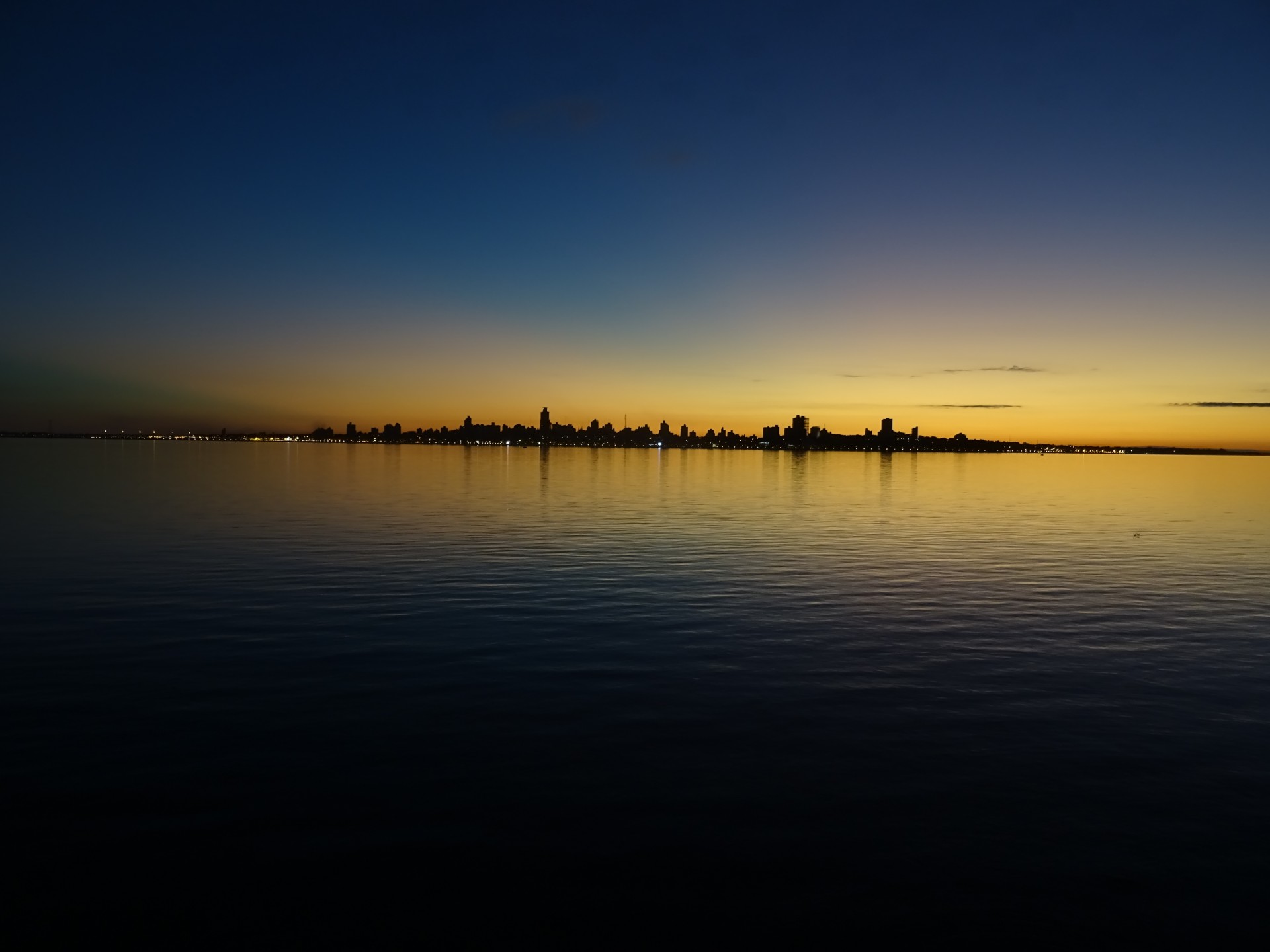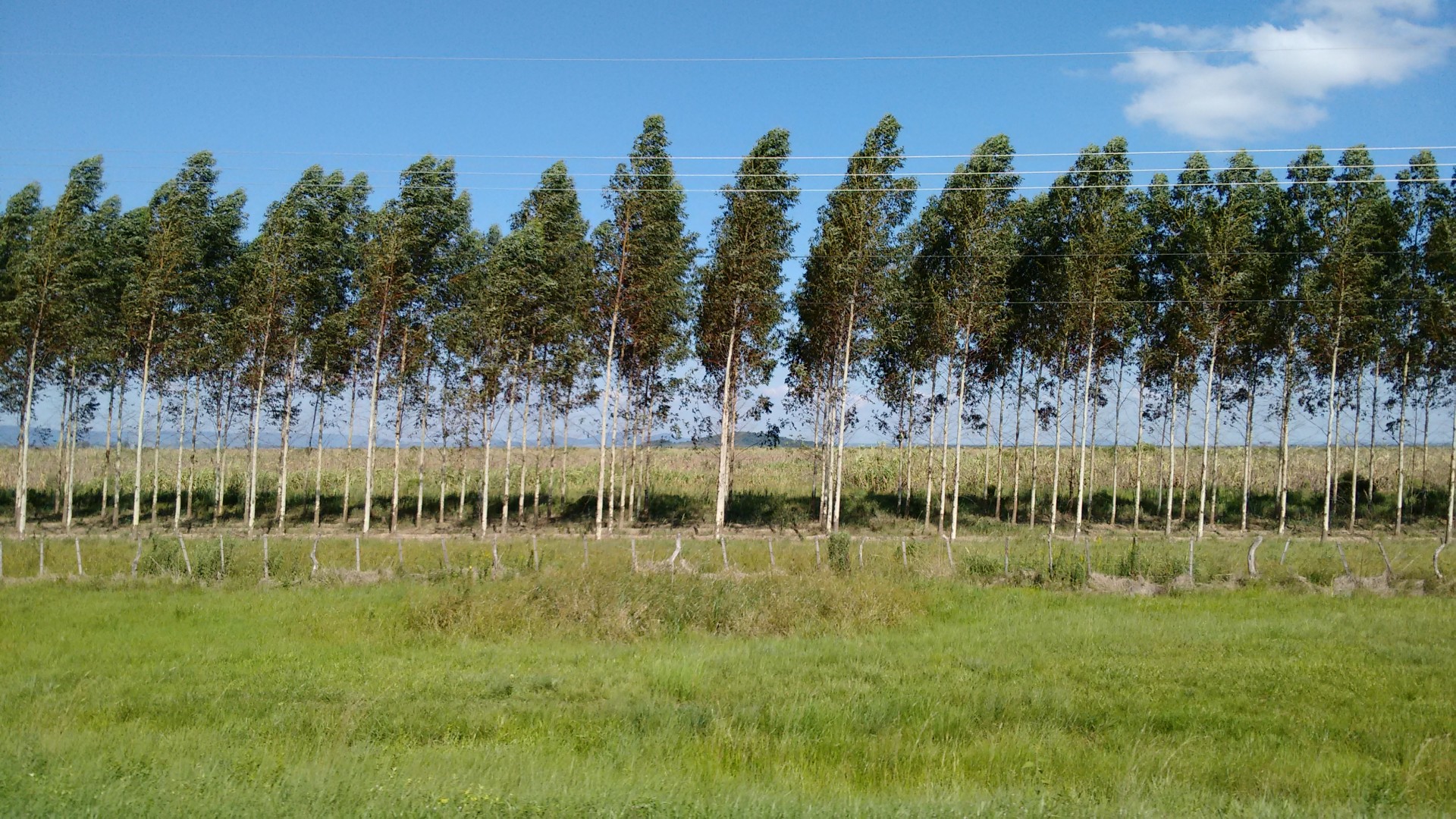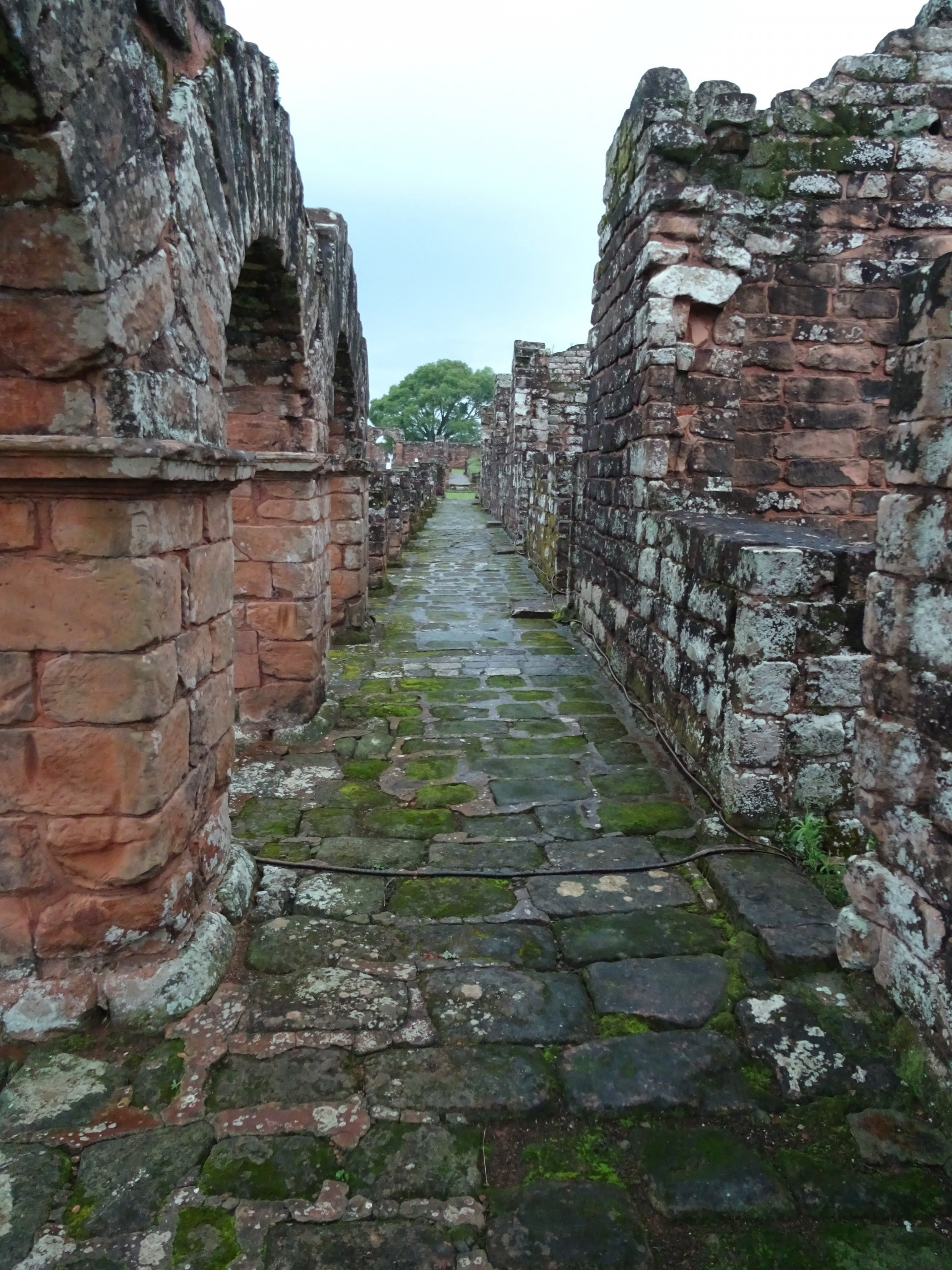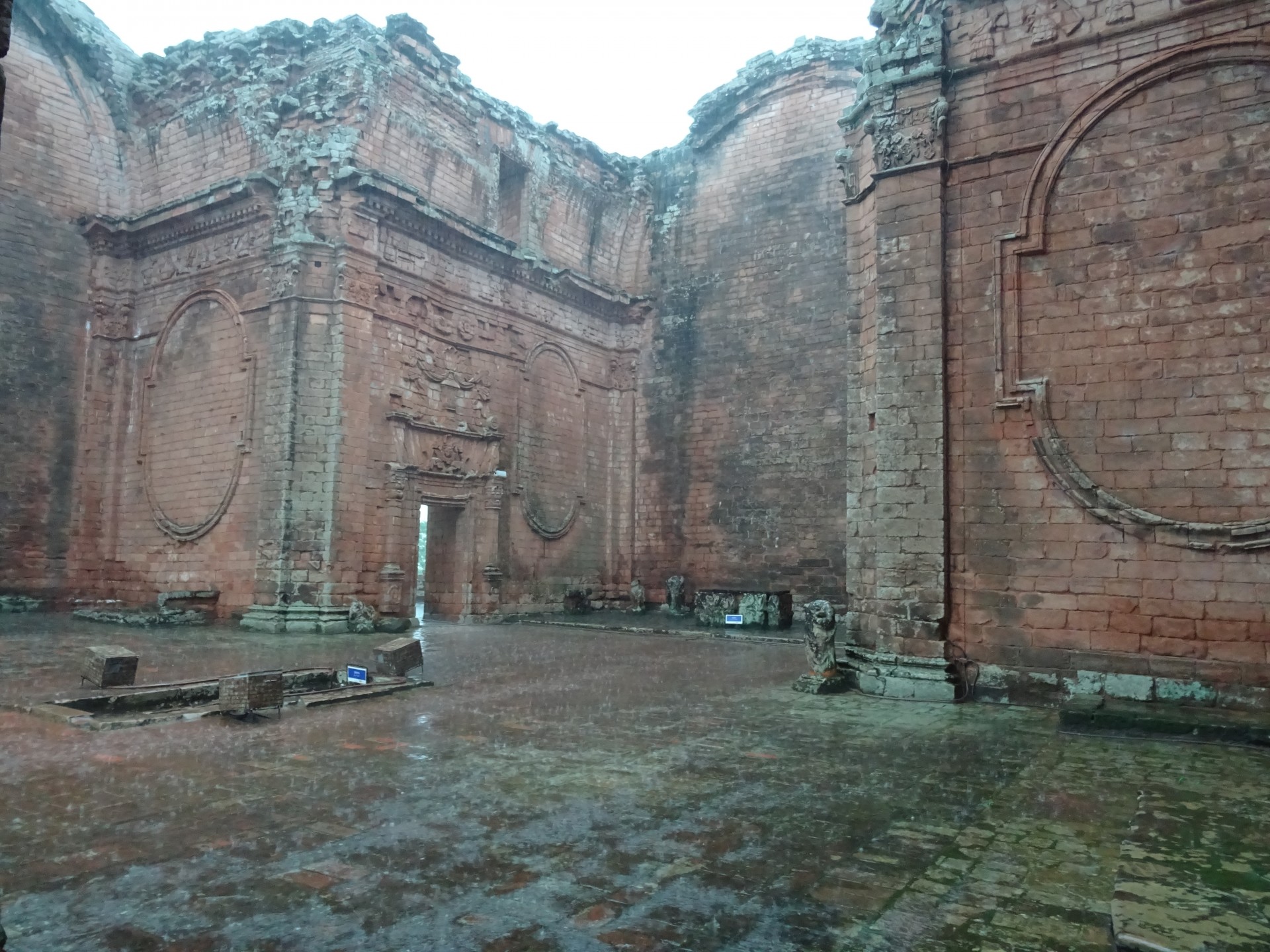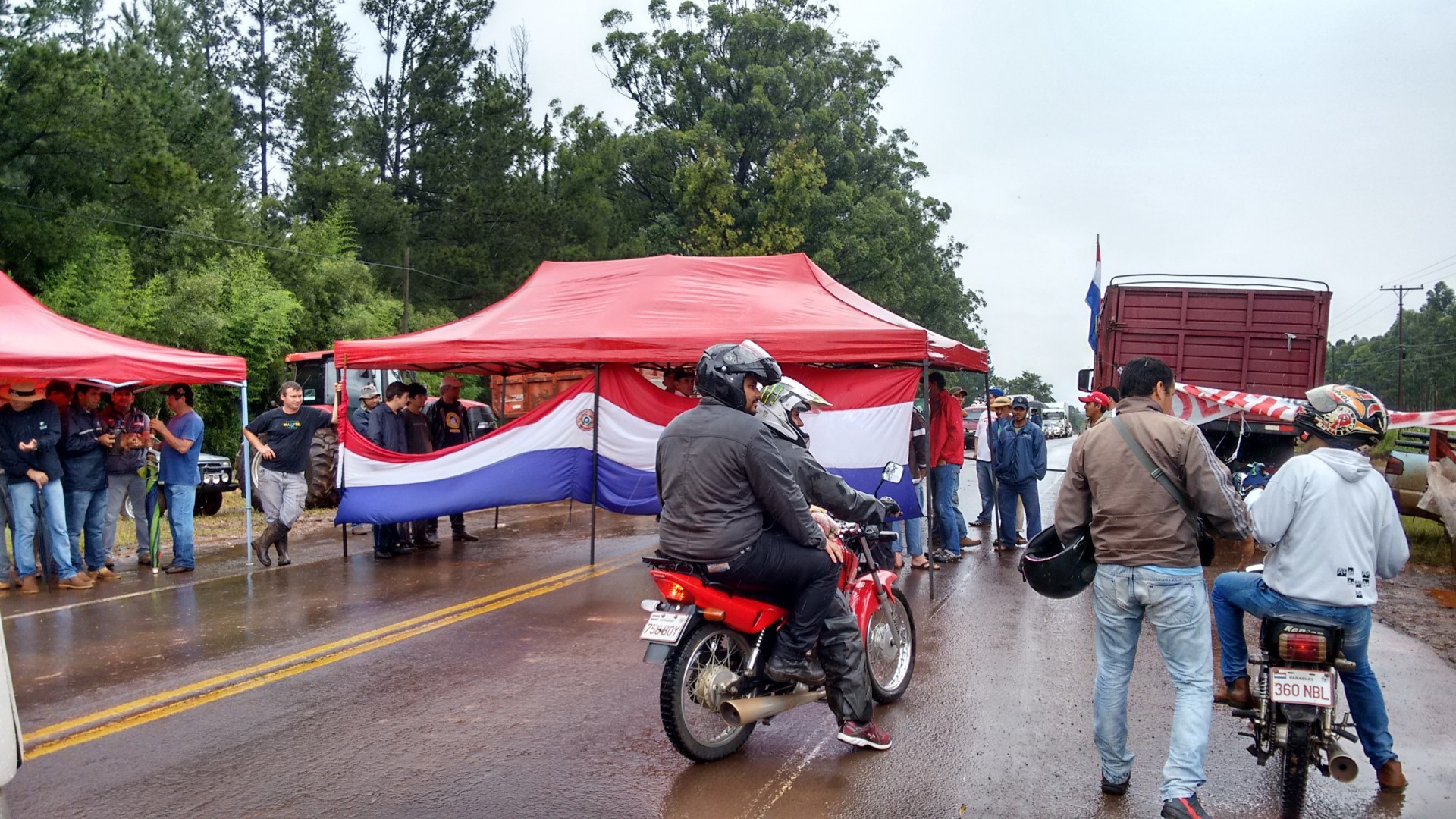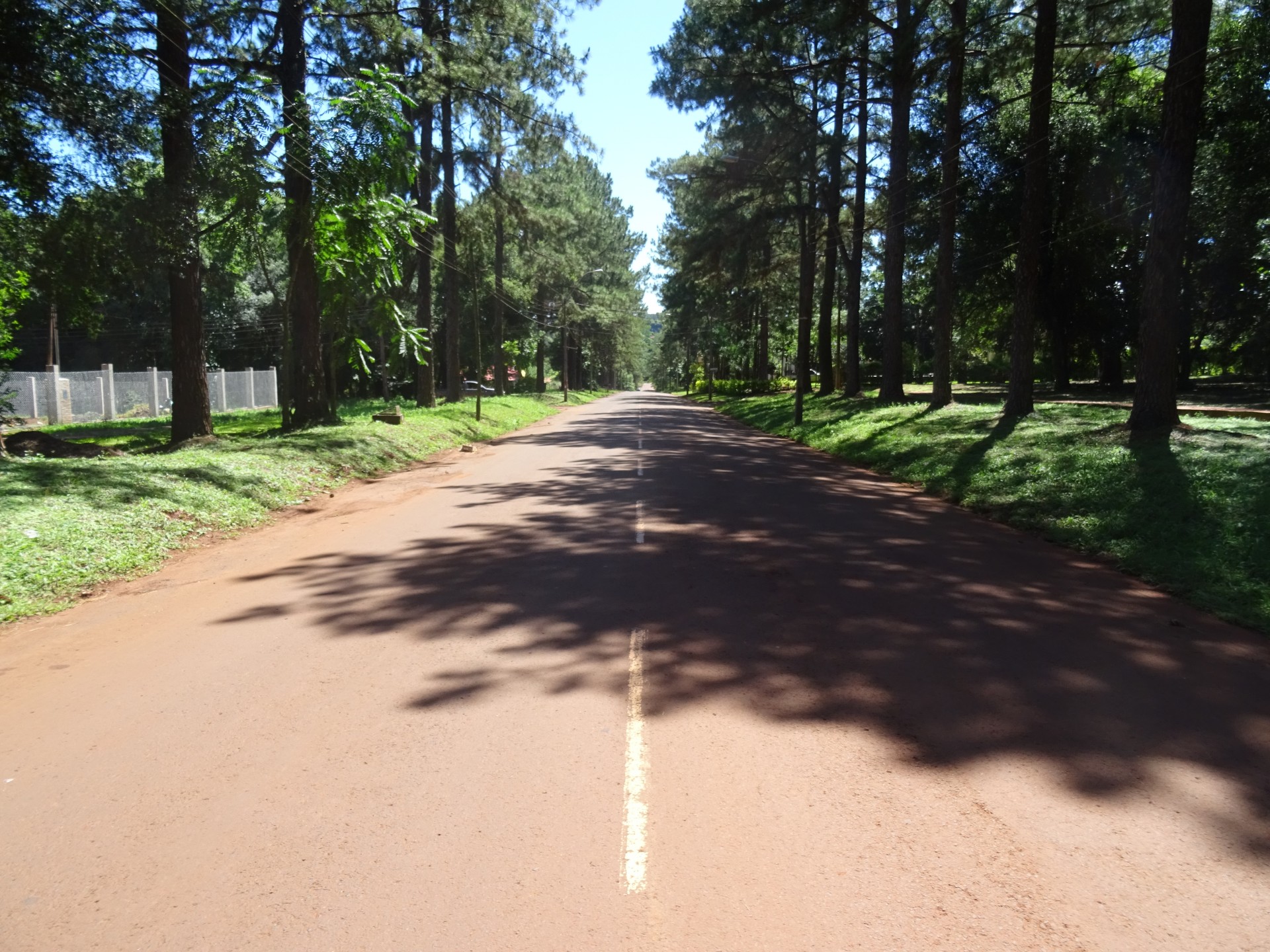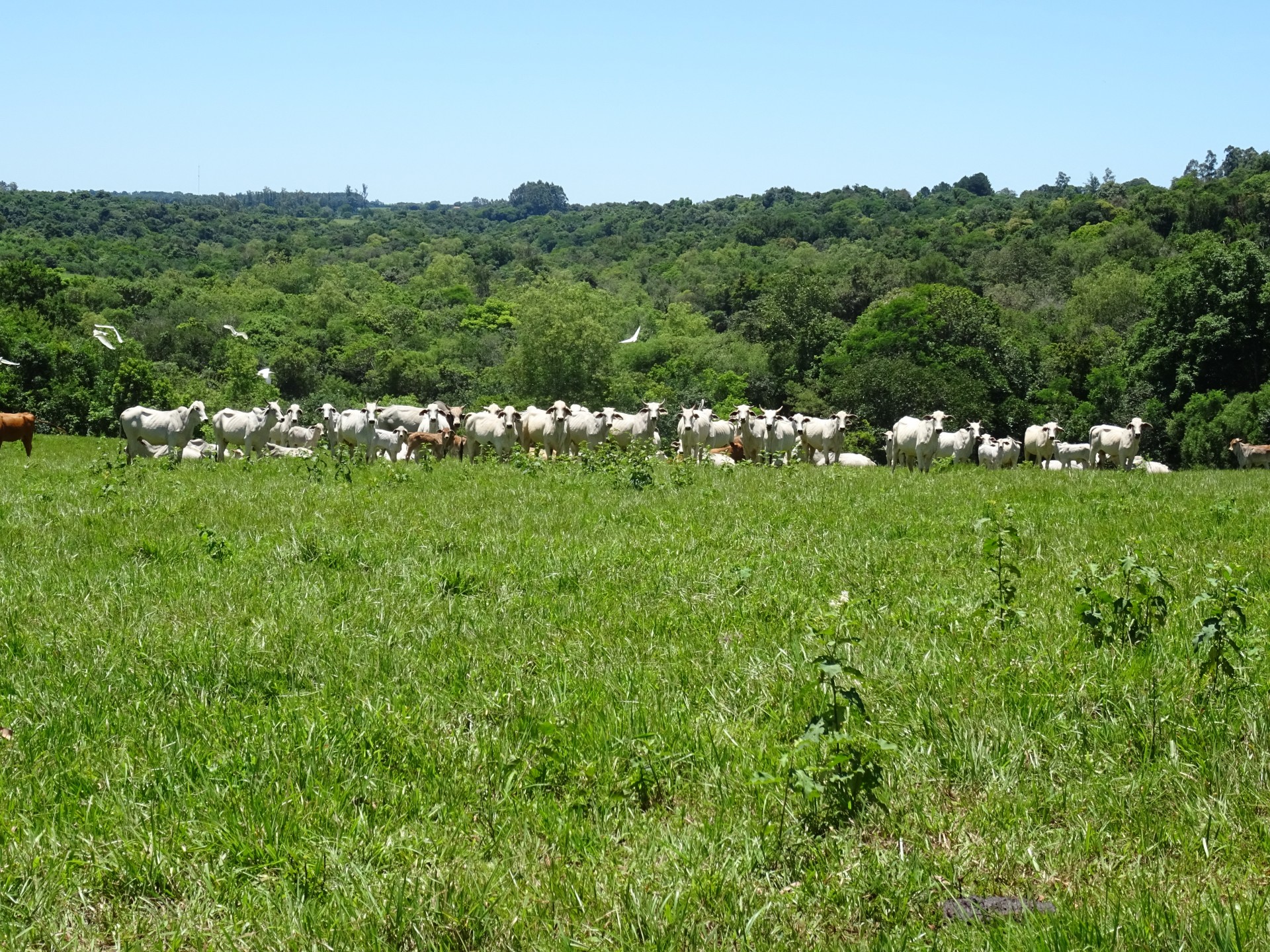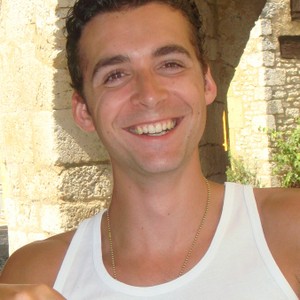Monday 23rd November 2015 –
Eventually, after an extended period in Asunción, I left for Encarnacion. At this point, I was feeling the need to move relatively quickly, my time in Bolivia meaning by my extremely rough calculations, I was a little behind if I wanted to get to at least Colombia. I’d always said that if I fancied staying somewhere longer, I would, and just forget about the rest. While I wasn’t doing that though, I wanted to keep sort of on track.
Paraguay is relatively small compared to other countries in the area, so the seven hour bus to encarnacion was a relief, and the journey is absolutely stunning. There is greenery in abundance – forests, fields, meadows – and you can see why this region is so agriculturally productive. Plenty of sun and rain equals food.
Encarnacion is a nice, clean and friendly city if not exactly amazing architecturally. Nevertheless, after experiencing a serious case of inability to get out of bed at a reasonable hour, I spent the first day wandering around. The promenade overlooking the river Paraná and the Argentine city of Posadas is really lovely – a beautiful area of just quiet. A lot is made of the beach here too, which again is clean and pleasant. I didn’t test the water temperature though. I’d floated too many electronics recently.
The main reason I’d come this far south was to check out some of the Jesuit ruins nearby, in which I was mostly successful. I arrived at Trinidad their next day, with the intention of visiting Jesus, another reduction the Jesuits built, in the same day.
It just so happened that my arrival coincided with the thunderstorm of a lifetime. The French trio (who I met on the bus) and I darted from pillar to post and archway to overhang in an attempt to stay dry. All along checking out the amazingly preserved structures of this mission. A civilisation separate to all others, seen by some at the time as perfect in its progressiveness and equality, yet which remained stagnant in so many ways. Until the Spanish ordered them out, that is.
In no way envisioning myself as Indiana Jones, the lost world transformed around me into one which would have housed thousands of the Guaranies who originally lived here. The churches, housing and watchtowers grew and roof rebuilt themselves in my brains attempt to recreate life. Even the torrential storms couldn’t prevent this – by the time I reached the cathedral at the rear of the site I was absolutely piss wet through, but still loving it. The storm only made it more of an adventure.
Returning to the entrance of the site brought me back down though. I was totally sodden – through to my shoes – and I quickly emptied my bag to check everything worked. Fortunately for me, it did. My plans no longer did though, and Jesus was off the cards now. I returned to Encarnacion a slightly more than damp squib, also pausing to check out a protest blocking the road. Farmers, eh?
I returned the next day for another spot of sight seeing, and by great coincidence managed to arrange myself a lift to and back to Jesus within seconds of arrival. A couple of guys had arranged the transport and I just hopped in. They turned out to be Czech, or as the elder of the two would correct the younger each time, Czechoslovakian. I hadn’t realised a pro-unification sentiment existed. Guess maybe I should make Europe my next trip.
Jesus was a settlement that was never completed. The Jesuits abandoned it after Spanish threats before it was built, but its in pristine condition. While not as large a site as Trinidad, or as mysterious, it arguably shows Jesuit philosophy at its most complete. Rooms for specific lessons – academic, vocational and religious – are distinct from each other and the rest of the complex.
The intention had been to go to San Cosme y Damien, the third mission in the area, the next day, but in this I was unsuccessful. Only one bus a day leaves for San Cosme, at 9:30, and I missed it. You’ve got to understand – I’d been in Bolivia so long I’d gotten used to a certain level of tardiness as an inevitable standard. Unfortunately, things are more timely in Paraguay, so when I rocked up at 9:30 on the dot the bus was halfway down the road. The bus also moved quicker than my legs could. Damn.
I went for the backup. I’d been debating whether to go check out some of the Atlantic forest, which previously spread thick over Paraguay and southern Brazil, but now only exists in pockets due to farmland requirements. I thought about going to Parque San Rafael, but decided it was a bit of a mission for a day trip, so I went to Parque Manantial.
According to my guidebook, this is meant to be a bit of an oasis – hikes and horse riding, available for all. For me it was a little disappointing. Horse riding wasn’t available, and hiking was minimal – one small hour long walk that I did my best to stretch out to two. With the pool and the young kids crowded there, it felt more like a Paraguayan Butlins than a real paradise getaway. After my good intentions in the morning it felt like a bit of a waste.
The evening was more interesting though. As I arrived back, I bumped into Caleb, a Peace Corps volunteer, and his parents who were visiting him, coming to stay at the same hostel as me. He hadn’t seen them in over a year, having being living in rural Paraguay. His job was basically to integrate into Paraguayan society and both teach and learn and now had a farm where he had animals and grew crops. While the fact that he spoke Spanish was impressive enough, even more to his credit was the fact that he spoke Guarani – the other official Paraguayan language. Me and my basic Spanish skills felt ashamed.
I had still intended to go to San Cosme, but come morning I had changed my mind. I’d spent too much time dilly dallying to probably miss the bus again. I booked passage one more, and by nightfall I would be in Ciudad del Este. The supermarket of South America.




